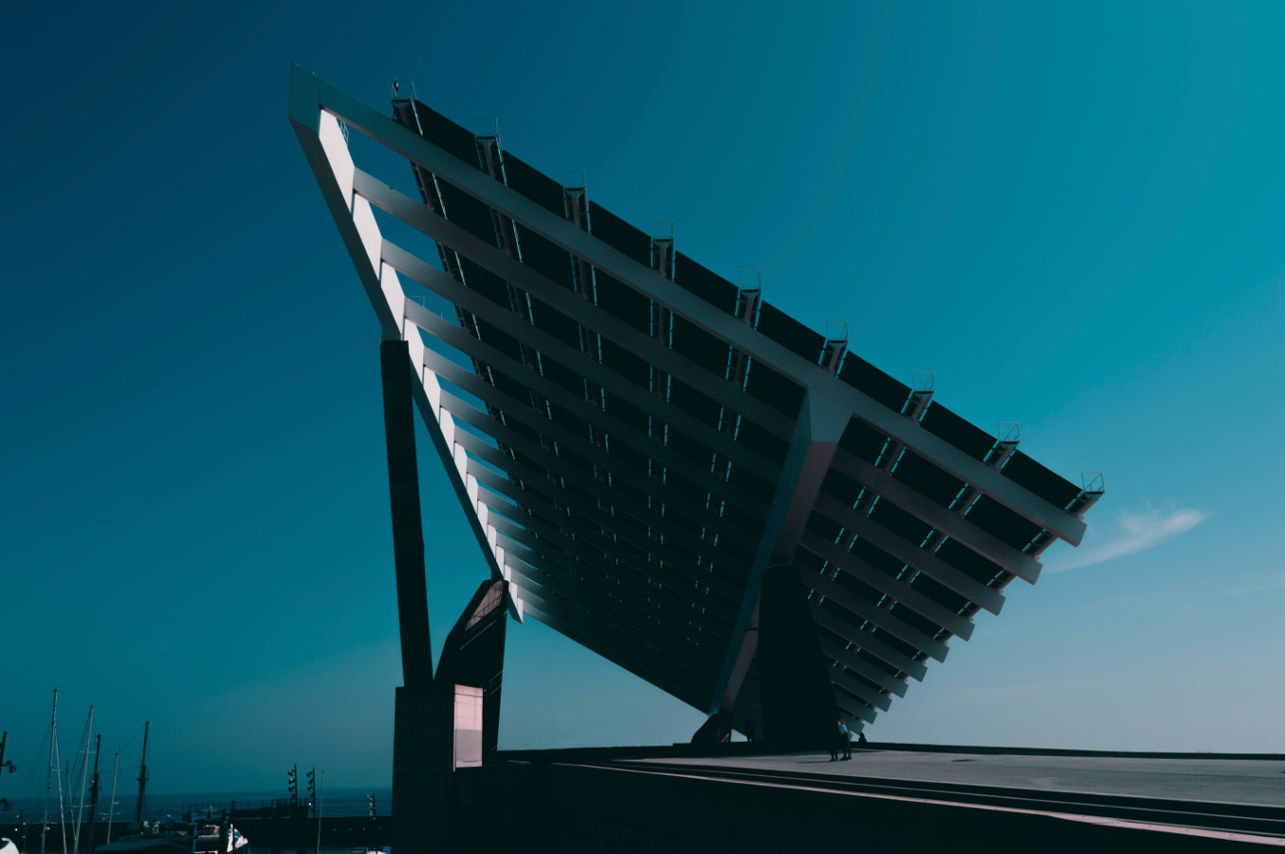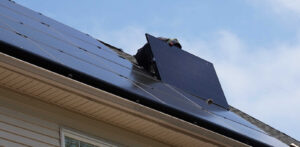With the rising need for clean, sustainable energy, solar power has become a go-to option for homeowners and businesses alike. Among the most innovative solutions are 220W bifacial portable solar panels. Unlike traditional panels, bifacial models absorb sunlight from both sides, enhancing energy production. In Pittsburgh, where weather can be unpredictable, this feature makes a significant difference. As more residents and businesses prioritize renewable energy, the search for a reputable solar panel installation company becomes essential.
This article delves into the key features, benefits, and reasons why 220W bifacial portable solar panels are an excellent choice for Pittsburgh’s energy needs. We’ll also highlight why partnering with a trusted solar panel installation company can make the transition seamless.
Unique Features of 220W Bifacial Portable Solar Panels
220W bifacial portable solar panels are distinct in both design and performance. Their unique construction allows for greater energy generation compared to traditional single-sided panels. Below are some of the standout features that make them a game-changer in renewable energy:
- Dual-Sided Energy Capture
- Unlike traditional panels that collect sunlight from one side, bifacial panels absorb light from both the front and back. This dual-surface design increases total energy output, especially in areas with reflective surfaces like concrete or light-colored ground.
- Portable Design
- Portability is a crucial feature for people seeking flexible, off-grid power solutions. These panels are lightweight, compact, and easy to transport, making them ideal for camping, outdoor work, and emergency power supply.
- Durability and Weather Resistance
- Built with robust tempered glass and a corrosion-resistant aluminum frame, 220W bifacial solar panels can endure harsh weather conditions. For Pittsburgh’s mix of sun, rain, and snow, these panels offer long-lasting reliability.
- Higher Energy Yield
- Thanks to their ability to capture light from both sides, 220W bifacial panels produce significantly more power compared to traditional single-sided models. This is particularly useful during cloudy days or low-light conditions, which are common in Pittsburgh.
Pros and Cons of Using Bifacial Portable Solar Panels in Pittsburgh
The 220W bifacial portable solar panels have distinct pros and cons. For solar panels in Pittsburgh, these factors directly address the city’s specific energy needs.
Pros
- Better Performance in Low-Light Conditions
- Pittsburgh experiences cloudy weather for a significant portion of the year. Traditional solar panels may underperform in these conditions, but bifacial models continue to generate power by capturing indirect light.
- Year-Round Energy Production
- Whether it’s the bright summer sun or overcast winter skies, bifacial solar panels are built to work year-round. The ability to collect reflected light from snow or rain-soaked surfaces enhances power output during the colder months.
- Sustainable Power On the Go
- Their portability makes them ideal for individuals and businesses requiring mobile power. Whether you’re working remotely or camping in the wild, 220W bifacial portable solar panels offer an off-grid power source that’s both reliable and eco-friendly.
- Energy Cost Savings
- By generating more power from the same amount of sunlight, you’re essentially maximizing energy production. This higher efficiency translates into long-term savings on energy bills.
Cons
- Higher Initial Cost
- Bifacial panels tend to cost more upfront than traditional panels due to their advanced technology.
- Weight and Bulkiness
- While portable, bifacial panels are often heavier and bulkier than single-sided panels, which can impact transportability.
- Ground Surface Dependence
- The rear-side absorption relies on reflective surfaces like concrete or snow. In areas without reflective surfaces, energy production from the back side may be limited.
- Maintenance Requirements
- Keeping both sides of the panel clean is essential for optimal performance, which may require more maintenance than single-sided panels.
Bifacial Vs. Monofacial Solar Panels
When considering solar panels, it’s essential to understand the key differences between bifacial and monofacial models.
- Energy Absorption
- Monofacial Panels: Absorb sunlight from one side only, usually the side facing the sun.
- Bifacial Panels: Absorb sunlight from both the front and back, capturing additional light reflected off the ground or nearby surfaces.
- Energy Efficiency
- Monofacial Panels: Typically have a standard efficiency rate of 15-20%.
- Bifacial Panels: Offer higher efficiency, reaching up to 30% due to the dual-sided energy capture.
- Cost and Installation
- Monofacial Panels: Less expensive and easier to install due to simpler design.
- Bifacial Panels: Higher upfront cost but offer better long-term energy production. Installation may be more complex since ground reflectivity plays a role in performance.
- Durability and Longevity
- Monofacial Panels: Durable but only designed to work with one surface exposed to sunlight.
- Bifacial Panels: Built with tempered glass on both sides, making them more resistant to environmental damage.
- Ideal Use Cases
- Monofacial Panels: Best for rooftop systems or areas where only one side is exposed to direct sunlight.
- Bifacial Panels: Ideal for ground-mounted systems, areas with reflective ground surfaces, or locations with varying sun exposure.
How 220W Bifacial Portable Solar Panels Operate
Understanding how 220W bifacial portable solar panels operate sheds light on their efficiency and unique design. Unlike traditional panels that only absorb sunlight on one side, bifacial panels capture energy from both sides, resulting in higher energy production. Here’s a step-by-step breakdown of how they work:
- Front-Side Absorption
- The front-facing side absorbs direct sunlight, just like traditional solar panels. This surface is equipped with photovoltaic (PV) cells that convert sunlight into usable electrical energy.
- Back-Side Absorption
- The back surface captures sunlight that reflects off the ground or nearby reflective surfaces. This light would typically be wasted in conventional panels, but bifacial panels harness it to generate additional power.
- Photovoltaic (PV) Cell Conversion
- Both the front and back of the panel contain PV cells. These cells convert solar energy into direct current (DC). The dual-surface absorption results in higher total energy production compared to single-sided panels.
- Inverter Conversion
- The DC electricity produced by the PV cells is sent to an inverter, which converts it into alternating current (AC) electricity. This is the standard form of electricity used in homes, businesses, and appliances.
- Energy Storage (Optional)
- The generated electricity can be used immediately or stored in a battery system for later use. This is especially useful for off-grid power needs or as a backup energy source during outages.
- Performance Optimization
- To maximize performance, bifacial solar panels should be installed in areas where they have access to reflective surfaces like light-colored concrete, gravel, or white roofing material. The more reflective the surface, the greater the back-side energy capture.
- Smart Monitoring
- Many modern bifacial systems come with smart monitoring tools. These allow users to track energy production in real-time, identify issues early, and ensure optimal performance of the system.
Are Bifacial Solar Panels a Smart Investment?
If you’re considering upgrading your energy system, you might wonder whether bifacial solar panels are worth the investment. Here’s a breakdown of why they could be a smart choice.
- Increased Energy Output
- Bifacial solar panels generate more energy than monofacial panels because they capture sunlight from both sides. This means higher energy production over time, especially in areas with reflective surfaces.
- Faster Return on Investment (ROI)
- It may cost a lot upfront but the efficiency and energy production often results in a quicker payback period.
- Durability and Longevity
- Built to endure harsh weather conditions, bifacial panels last longer and require less frequent replacement. Their tempered glass on both sides adds extra protection against damage.
- Flexibility and Versatility
- Bifacial panels work well in a variety of environments, from commercial installations to residential setups. Their ability to absorb reflected light from multiple surfaces makes them ideal for places with mixed weather conditions like Pittsburgh.
- Environmental Benefits
- By maximizing the amount of clean energy generated, bifacial panels help reduce reliance on non-renewable energy sources, contributing to a greener future.
Make the Switch with Sunwise Energy
Ready to maximize your energy savings with 220W bifacial portable solar panels? Sunwise Energy is here to guide you through every step of the process. As a trusted solar panel installation company in Pittsburgh, we provide expert advice and reliable service to help you achieve sustainable energy independence.
Don’t wait to experience the benefits of higher energy production, cost savings, and environmental impact. Contact Sunwise Energy today and start your journey toward a cleaner, greener future. Visit our website or call us now to learn more!










